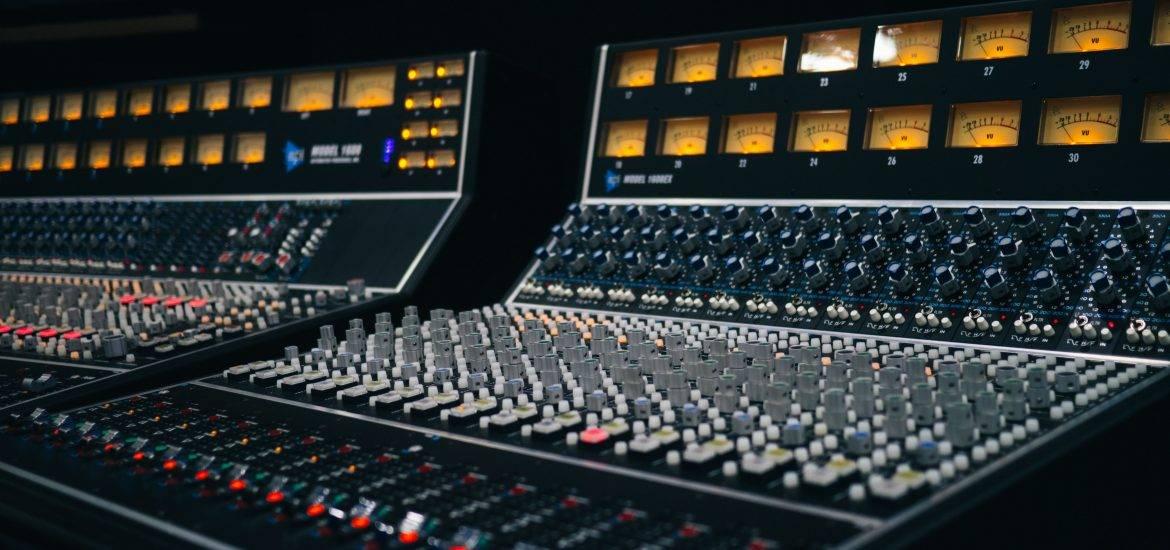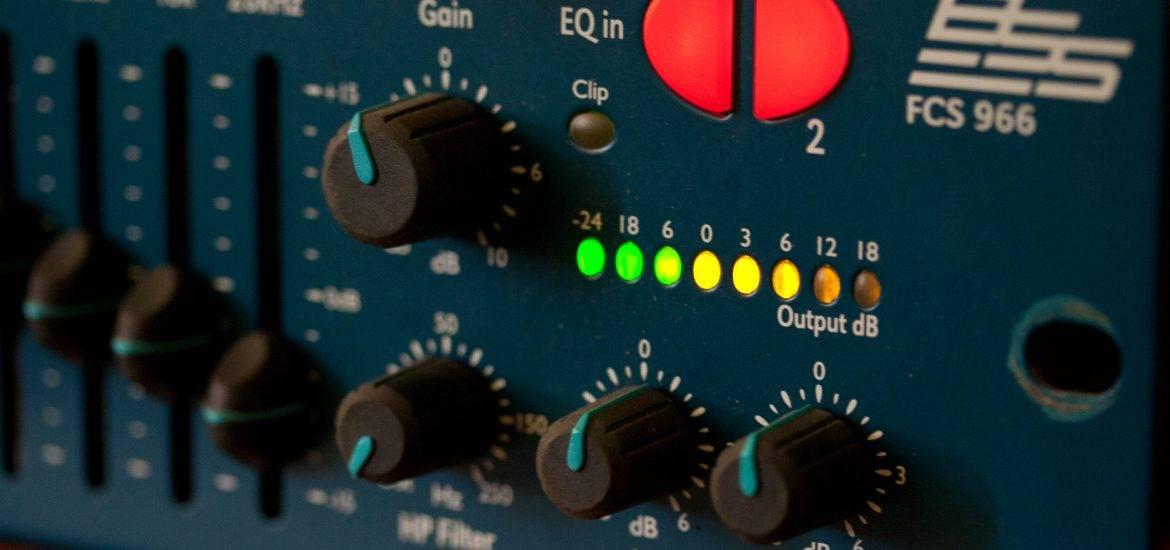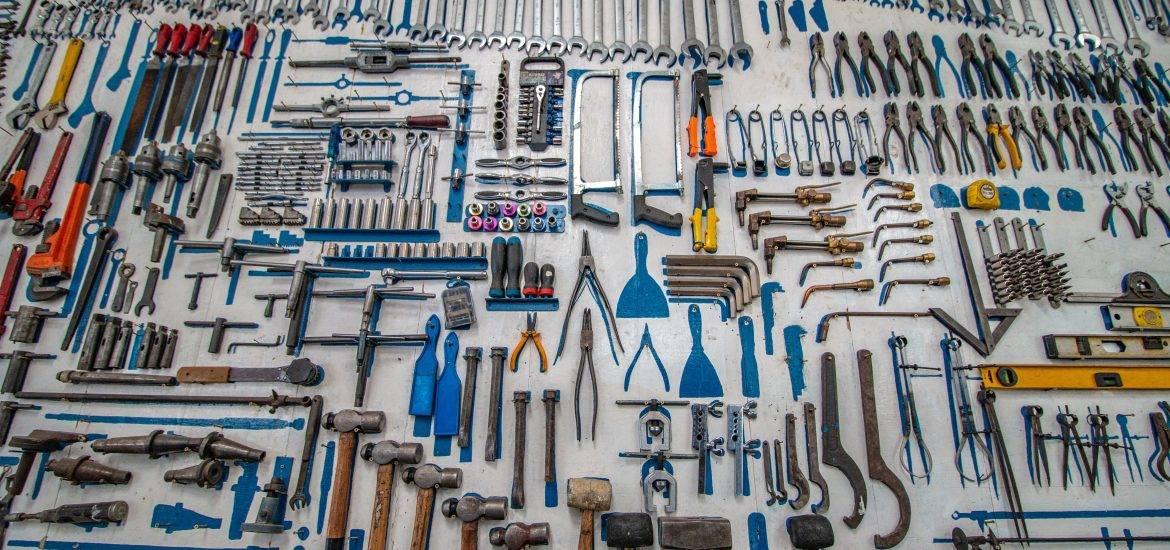The internet is a wealth of information. It’s also a wealth of misinformation. While we should all rejoice at the web’s freedom and relative lack of regulation, we must also read everything with a skeptic’s eye. True audio experts, well-intentioned amateurs, and outright phonies all have equal reign in this space. Search engine algorithms help separate the wheat from the chaff, but it’s impossible to eradicate all the bad info out there. Some producers even swear by techniques that work for them, even though they might lead to problems for others. Before reading this article is important to understand what mixing is. We can’t go over every misconception, but here are five prominent audio mixing myths to look out for.
Myth #1. Always EQ Before Using Compression
This is a good myth to start with because it contains a grain of truth. The problem here lies with the word, «always.» In some scenarios, yes, you’ll want to mix with EQ before processing with compression. Following this order allows you to boost or filter out unnecessary frequencies before squashing the audio. However, consider that some of the moves you make in pre-compression EQ will be nullified by compression. Frequencies that you boost won’t poke through as much after being compressed, after all. You can always change your audio compressor‘s threshold and other settings, but this quickly becomes a game of hot potato.

In other words, some situations call for post-compression EQ. EQing after compressing gives you additional control over the audio’s tone and color. The dynamics have already been tamed, so you can now add or subtract the resultant frequencies without crushing them through your digital mixer. The truth is, most producers employ both pre and post-compression EQ. Both orders operate in distinct but equally important ways.
Myth #2. Input Signals Should Be as High as Possible Without Peaking
The second of our audio mixing myths are easily debunked with an understanding of digital audio. When all we had were analog devices, setting recording levels were a more precise and challenging task. With a signal too low, you ran into audible background noise. And with a signal too high, you experienced a fair share of clipping. The margin for error was somewhat small. So, engineers would often bump the gain of a signal until just before the red. This way they would get the strongest signal and the least noise without clipping.

With digital audio, the story has changed. For one thing, digital signals don’t produce as much background noise, save for faulty cables, broken preamps, or computer errors. Secondly, modern DAWs offer you with loads of headroom compared to analog devices. For instance, a 32-bit float point means you have a potential dynamic range of 1500 dB. Of course, all this extra headroom really only matters when processing audio with plugins, etc. So, with digital audio, you don’t have to worry nearly as much about hitting the noise floor or clipping. It’s best to set levels at a reasonable dB (between -12 and -6 dB), and everything you need will still be there.
Myth #3. Everything Can Be Fixed in the Mix
Although mixing while recording is somewhat inevitable these days, expecting everything to be fixed in the mix is a misconception and might be the most dangerous of the audio mixing myths listed here. It stems from laziness and/or a naive optimism that computers can do anything and everything. Someday, this may be so. Until then, no, not everything can be fixed in the mix. In fact, the vast majority of things cannot. Mixing should not act as a band-aid or monkey wrench. Its sole purpose is to enhance and blend multiple audio signals into a superior result. But, as the saying goes: garbage in, garbage out. If your DAW is receiving bad recordings, poor performances, clipped or noisy signals, etc. then mixing will only get you so far.

Sure, mixing can help with minor adjustments, such as pitch correction, drum sequencing, fading, comping, and more. But all of this assumes that the recording itself is at least clean, well-performed, and musical. Furthermore, mastering will only amplify these minor adjustments and thus it is important to mix with mastering in mind. If not, you’re going to waste an inordinate amount of time tweaking waveforms and stacking plugins only to find that the audio still sounds unworthy.
Myth #4. Different DAWs Differ in Sound Quality
Like myth #2, this one derives from not understanding digital audio. While it’s true that every DAW is different in its user interface, compatibility, features, and price point, the method by which they process audio remains exactly the same. 1s and 0s don’t change regardless of whether you’re using a Free DAW or Logic Pro X. Of course, every mix will sound slightly or radically different from the next, but this has to do with other variables. These include things like quality of gear, acoustic room treatment, performance level, plugins used, and just creative choices in general. Mixing makes the difference in sound, not the DAW.
Myth #5. Mastering Will Make Any Mix Sound Better
We’ll end this shortlist of audio mixing myths with another dangerous one. Mastering is the final step of the mixing process. Ultimately, its purpose is to optimize the audio in terms of loudness and frequency balance to prepare it for exporting and playback on all possible devices. In a sense, then, mastering does enhance the overall quality of a mix. However, just as mixing won’t fix a bad recording (see myth #3), mastering won’t fix a bad mix. In fact, mastering a bad mix will mostly just emphasize its flaws. So, don’t expect mastering to magically patch the holes in your mix. Instead, mix as if mastering doesn’t exist. Then, when you finally master your track, you’ll wind up with the best possible result.

There are More Audio Mixing Myths Out There
We’ve only listed five of the most prevalent (arguably) audio mixing myths you can find. However, many more exist, waiting to mislead the eager audio engineer. A good way to avoid these myths is to simply fact-check any new advice you come across.
Learn about the important audio recording terminology, browse the most reputable audio-related sources, join a forum, and/or simply run a search on the information to see if anyone disagrees. And, as always, the more you work with audio yourself, the better equipped you’ll be to notice inaccurate information and call it out. You can also find out more information through our blog, such as the pros and cons of comparing your mixes to other artists.
Sobre el autor

Ethan Keeley
Escritor, locutor, músico y editor de audioEthan Keeley es músico, locutor y escritor de Rochester, Nueva York. Cuando no está de gira con su grupo Unwill, trabaja en nuevas canciones e historias.
Deja un comentario
Inicia sesión para comentar

